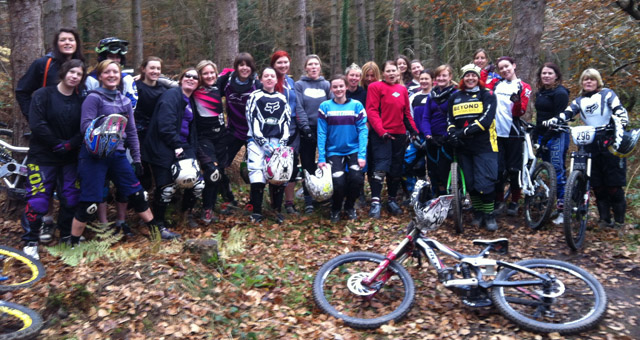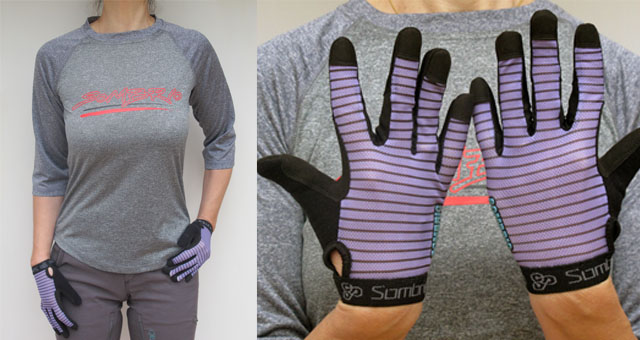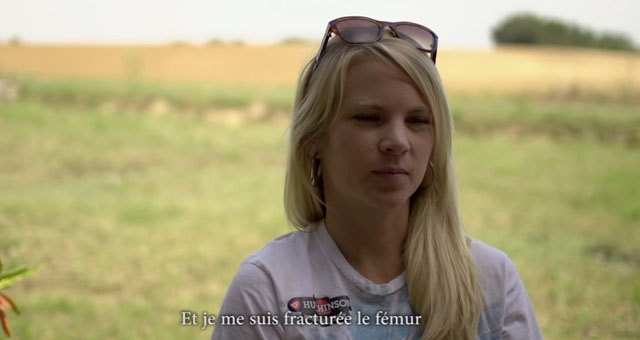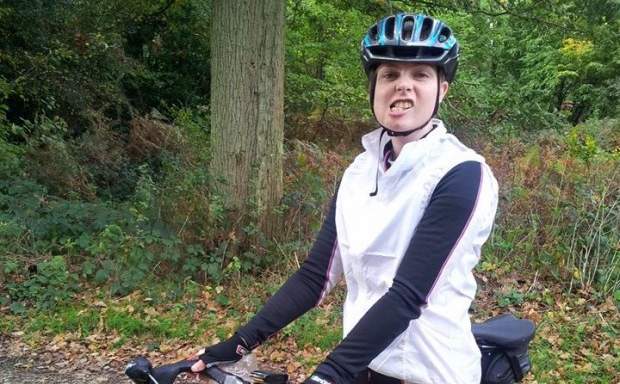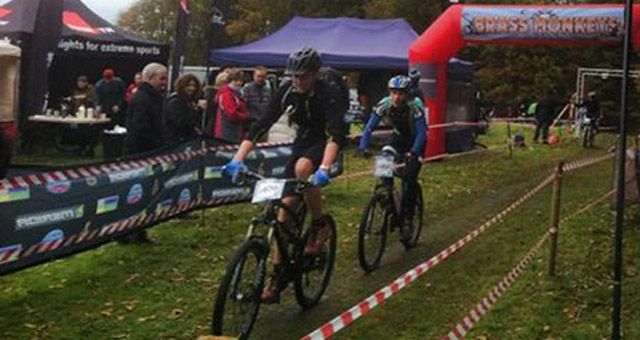Does the word ‘hill’ strike terror in your heart? Is your hill climb technique a mash up of sweat, grinding gears and guesswork? Good news: we’ve gone straight to the top for some expert advice.
Lynn Hamel, team rider with Herbalife Leisure Lakes Bikes, is the 2012 National Hill Climb women’s champion. Here’s how she does it!
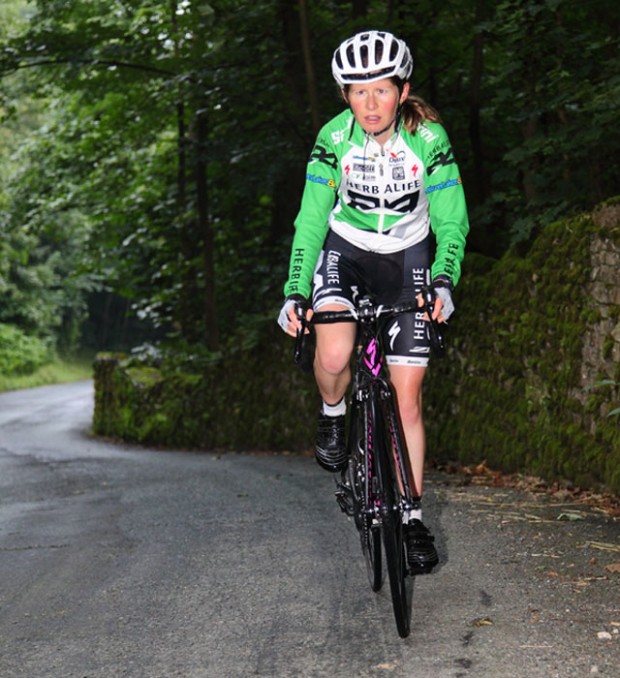
Pace yourself
- It’s best to aim for a consistent rhythm
- Don’t go off too quickly either as you risk having to slow down or stop further up the hill. You can always speed up towards the end if your legs will let you!
Know your gears
- Some riders on hill climb events choose a fixed gear (i.e ride with only one gear) so that they don’t risk disrupting their momentum
- If you’re riding with gears – as I do – go for smooth gear changes that maintain your rhythm
- I also adjust my gear ratios to match the gradient as it’s really important not to be over-geared (i.e. stuck with gears that make riding up hill too hard!
Get to know the terrain
- Knowing what’s round the corner is a great help because you can decide where and when it’s time to go harder or back off, when to change gear and what ratios to use
- I tackled a hill I’d never ridden before during a sportive recently, didn’t have an easy enough gear and had to get off and walk – so it can happen to anyone!
I tend to look at climbs in terms of how long they are going to take me to ride as opposed to their distance: it’s a subtle difference but it allows me to pace myself more effectively. For me, a short hill is one that takes less than four minutes to ride and can be treated more like a sprint, where anything over four minutes requires a more measured approach.
Not that measured though – Lynn still averages 17mph on a 4% gradient, four and a half mile climb!
Ride as light as possible…
- The less weight you have to propel up the hill, the faster you can go
- The bike I use for hill climbing competitions is ultra light – it weighs less than my TT and road bikes. We do everything we can to minimise weight: if a hill climb competition is on a closed road I don’t even wear a helmet.
I don’t carry water as the event is very short so we remove the bottle cages too. I’ll have an energy drink just before the start though – luckily I’m sponsored by Herbalife so I have a ready supply of Prolong energy drink.
- On a longer event you can save weight by switching to lighter wheels or simply make sure you know exactly how much you need to drink and eat and only carry that amount – bottles of water are heavy!

…And that goes for the rider too
Lynn is naturally slight – 5’ 4” and around 47kgs at peak fitness.
“Most hill climbers are of a similar physique” she explains, “but it’s not just about being light – you also need a great power to weight ratio.”
I could always do with a bit more muscle in my legs!
Try standing up
- Although it’s physically more efficient to sit down on a climb I prefer to stand up
- It’s an all-over workout though as, in that position, you can also use your arms to pull
- A hill climb competition is a sprint not an endurance event (it’s all over within four minutes) and as soon as my pusher off-er lets go of me at the start I stand up and power my way to the top. In fact, I can stand up for at least five miles on a climb.
Train on hills – but don’t go mad
Lynn lives in the Lake District – a distinct advantage for hill training – but that doesn’t mean she spends every waking hour pedaling uphill.
In the run up to a competition I do two sessions per week on a local hill. I go up it twice, and it takes four minutes each time. I take twenty minutes to recover in between each one. The rest of the time I train on normal roads.
One of my best friends and inspiration is Vic Clark, a past hill climb champion. He won three times from 1946 – 48. He’s 94 now and I often ride up to visit him and his wife – ironically they live at the top of a rather good hill!”
Don’t worry about being nervous
- A spike of anxiety at the start of a climb helps to get you going, so it’s not necessarily a bad thing!
About the National Hill Climb Championship
The National Hill Climb Championship is an annual competition, with the winner being the rider who completes the climb in the fastest time.
The event began in 1944 but there was no women’s award until 2003, although women still took part. It’s held at the end of October and takes place on a different hill each year. Riders go individually, from a standing start, and ride against the clock.
Lynn has been the National Hill Climb women’s champion in 2008, 2010, 2011 and 2012. Last year’s event took place on The Rake in Lancashire, a gruelling 1.12km climb with 87m elevation and a maximum gradient of 1 in 4.8. Lynn rode a record-breaking time of three minutes eight seconds!

